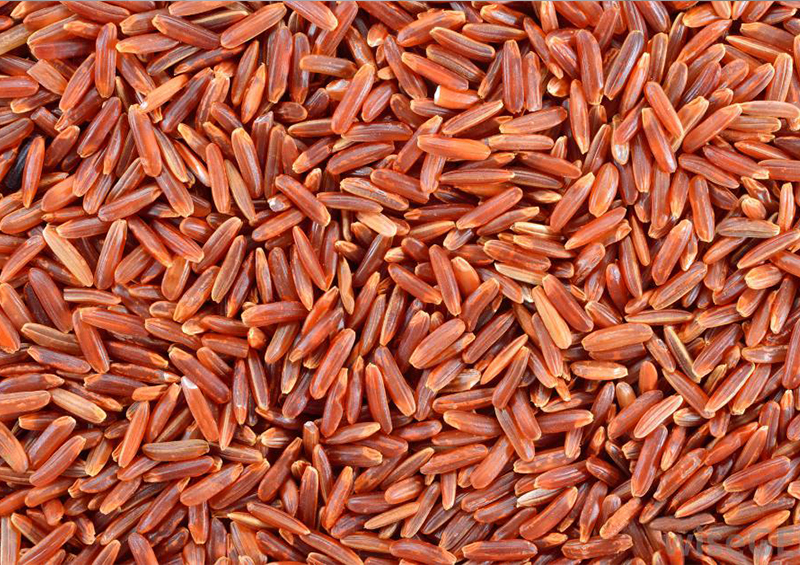
Vietnamese Red Rice is a whole-grain rice variety with a unique color and flavor. Red rice retains more of the outer bran and germ than white rice, so it has a higher nutritional value and is rich in dietary fiber, minerals, and vitamins.
Appearance:
The grains of Vietnamese red rice are red or brownish red, usually slightly shorter than ordinary white rice, and have a hard outer shell on the surface. Its color comes from the natural plant compounds in the rice grains, anthocyanins, which also provide red rice with antioxidant properties.
Taste:
Red rice has a firmer and slightly chewy texture than white rice after cooking. Because it retains the outer layer of the rice grain, it has a better taste and layering than polished white rice. Its taste is slightly nutty and naturally sweet, and it is more flavorful than white rice.
The texture of red rice is coarser than white rice, and the rice is looser after cooking, and the grains are not easy to stick together.
Nutritional content:
Rich in dietary fiber: The outer bran and germ of red rice retain a large amount of dietary fiber, which can help promote digestion and improve gastrointestinal health.
Vitamins and minerals: Compared with white rice, red rice contains more B vitamins (such as vitamin B6, folic acid) and minerals (such as iron, magnesium, zinc, etc.). These nutrients help keep the body healthy.
Antioxidants: Anthocyanins in red rice are powerful antioxidants that help slow the aging process and are beneficial to cardiovascular health.
Health benefits:
Helps control blood sugar, promotes cardiovascular health, and promotes digestion
Storage:
Red rice should be stored in a dry, cool place away from moisture. It is best to store it in a sealed container to maintain the freshness and aroma of the rice grains.
Red rice has a long shelf life, but it is best to eat it as soon as possible after opening to avoid affecting the taste.